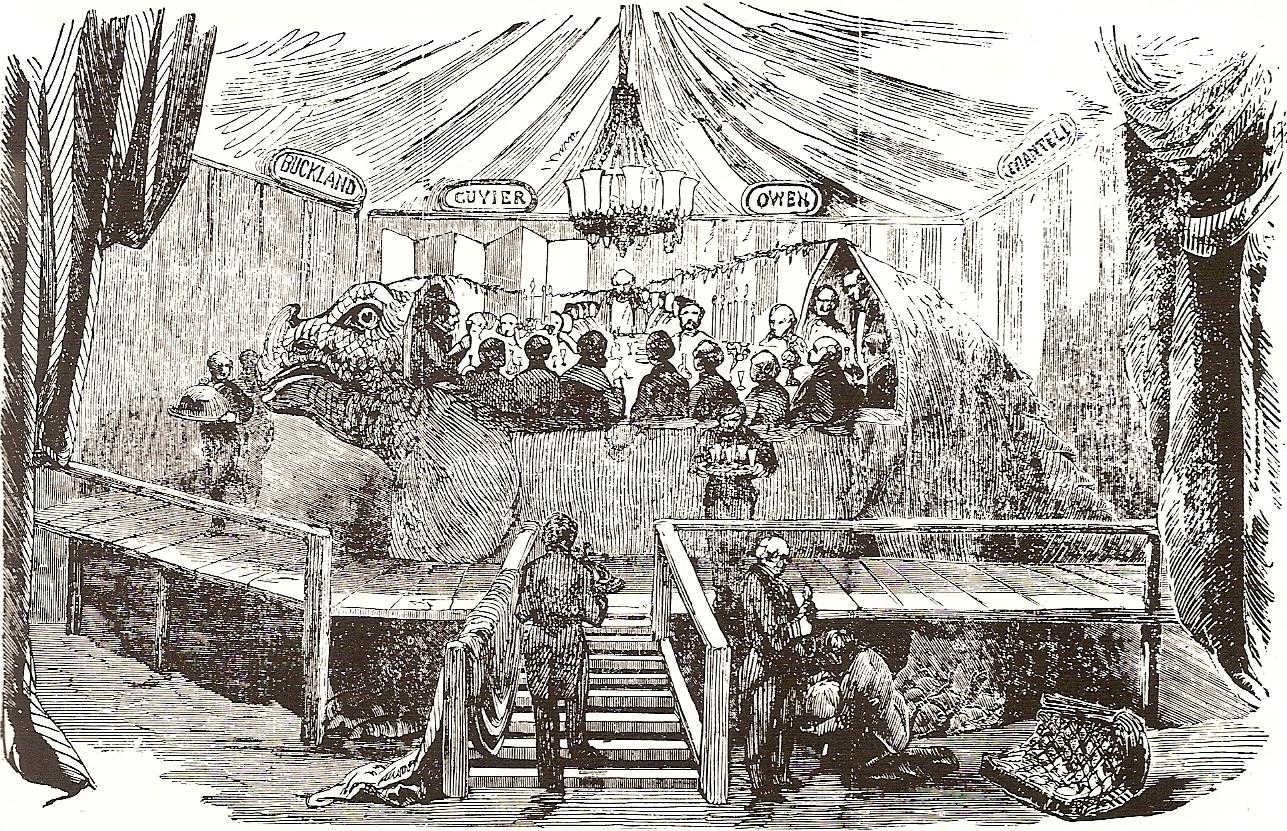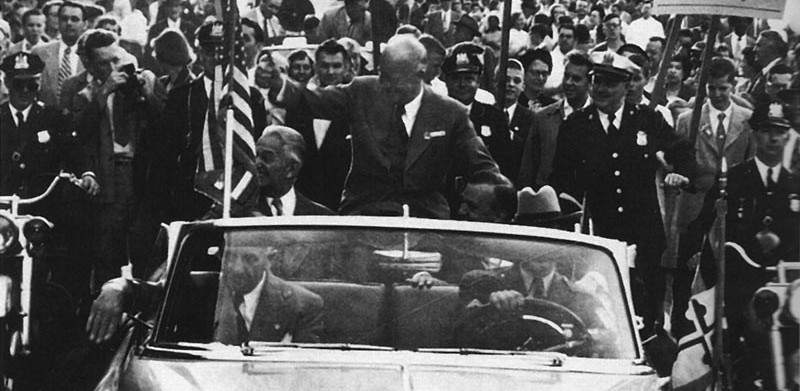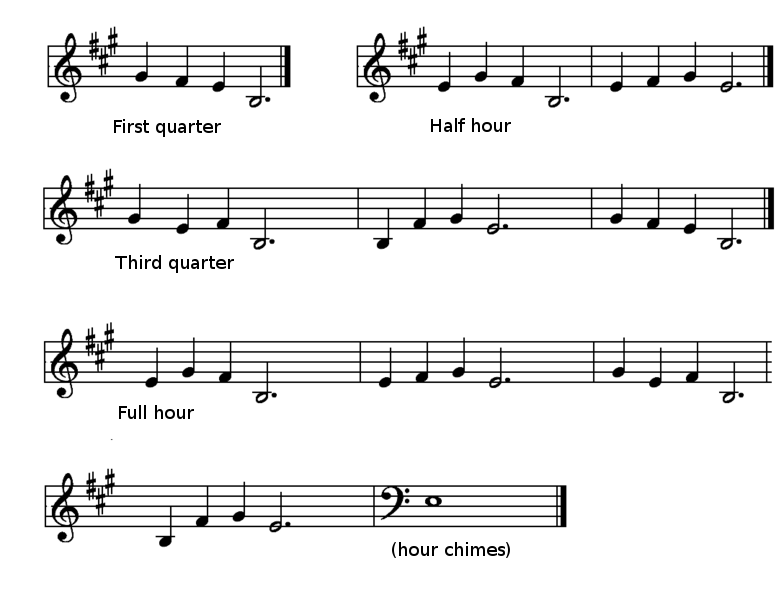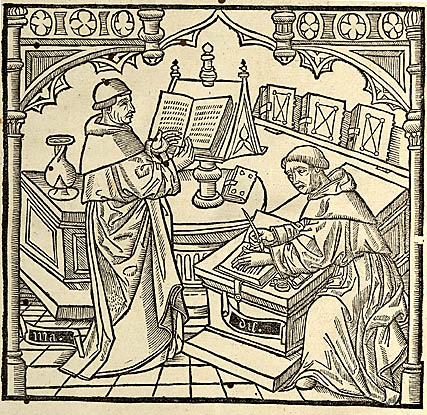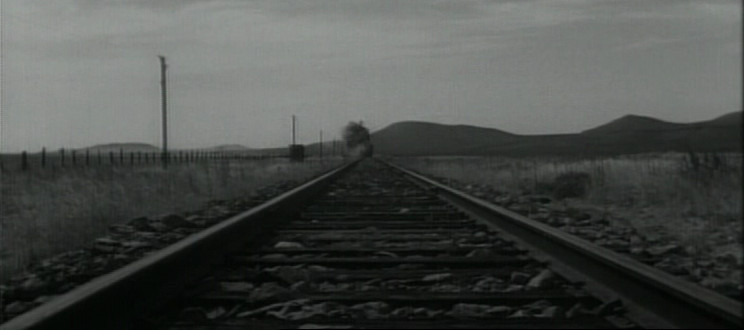
From a letter of Charles Darwin to Charles Lyell, April 1860:
I must say one more word about our quasi-theological controversy about natural selection, and let me have your opinion when we meet in London. Do you consider that the successive variations in the size of the crop of the Pouter Pigeon, which man has accumulated to please his caprice, have been due to ‘the creative and sustaining powers of Brahma?’ In the sense that an omnipotent and omniscient Deity must order and know everything, this must be admitted; yet, in honest truth, I can hardly admit it. It seems preposterous that a maker of a universe should care about the crop of a pigeon solely to please man’s silly fancies. But if you agree with me in thinking such an interposition of the Deity uncalled for, I can see no reason whatever for believing in such interpositions in the case of natural beings, in which strange and admirable peculiarities have been naturally selected for the creature’s own benefit. Imagine a Pouter in a state of nature wading into the water and then, being buoyed up by its inflated crop, sailing about in search of food. What admiration this would have excited — adaptation to the laws of hydrostatic pressure, &c &c For the life of me I cannot see any difficulty in natural selection producing the most exquisite structure, if such structure can be arrived at by gradation, and I know from experience how hard it is to name any structure towards which at least some gradations are not known.
Ever yours,
C. Darwin.

